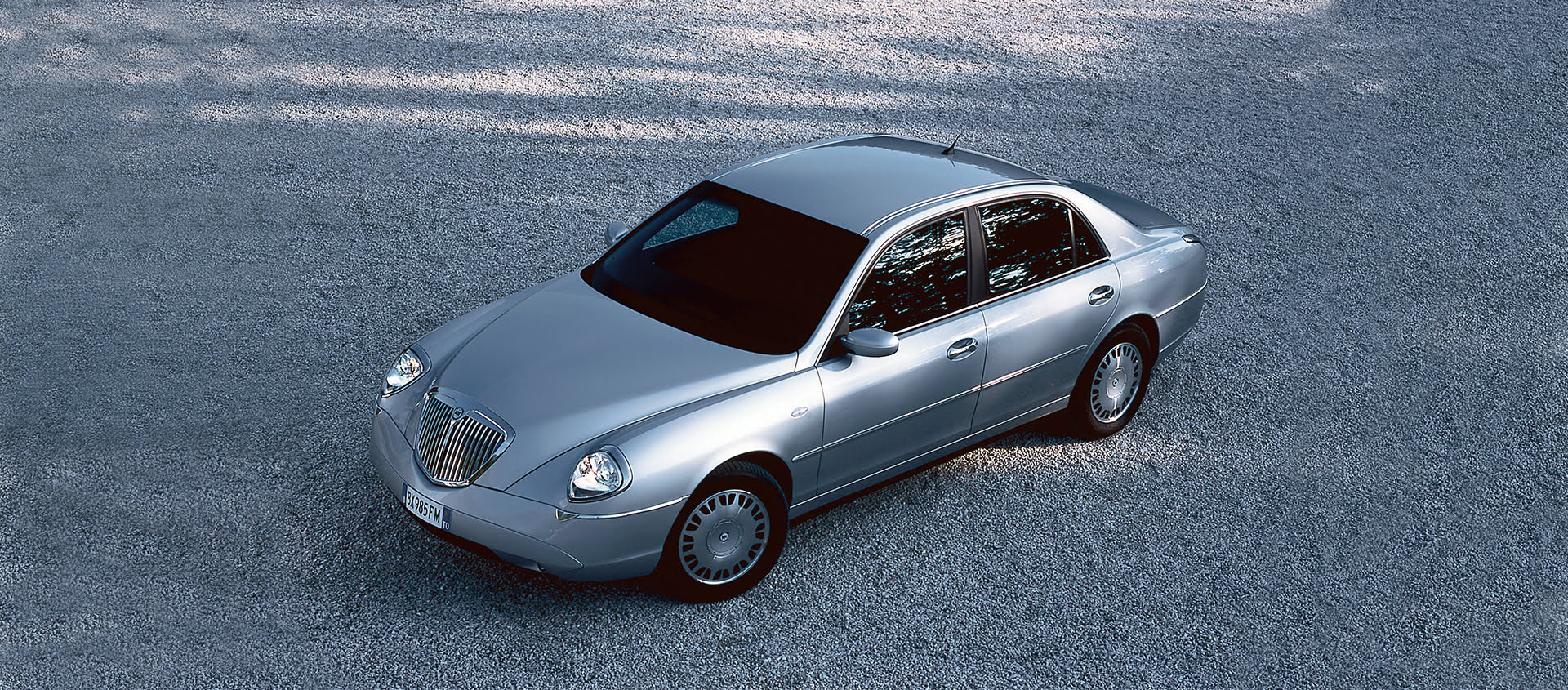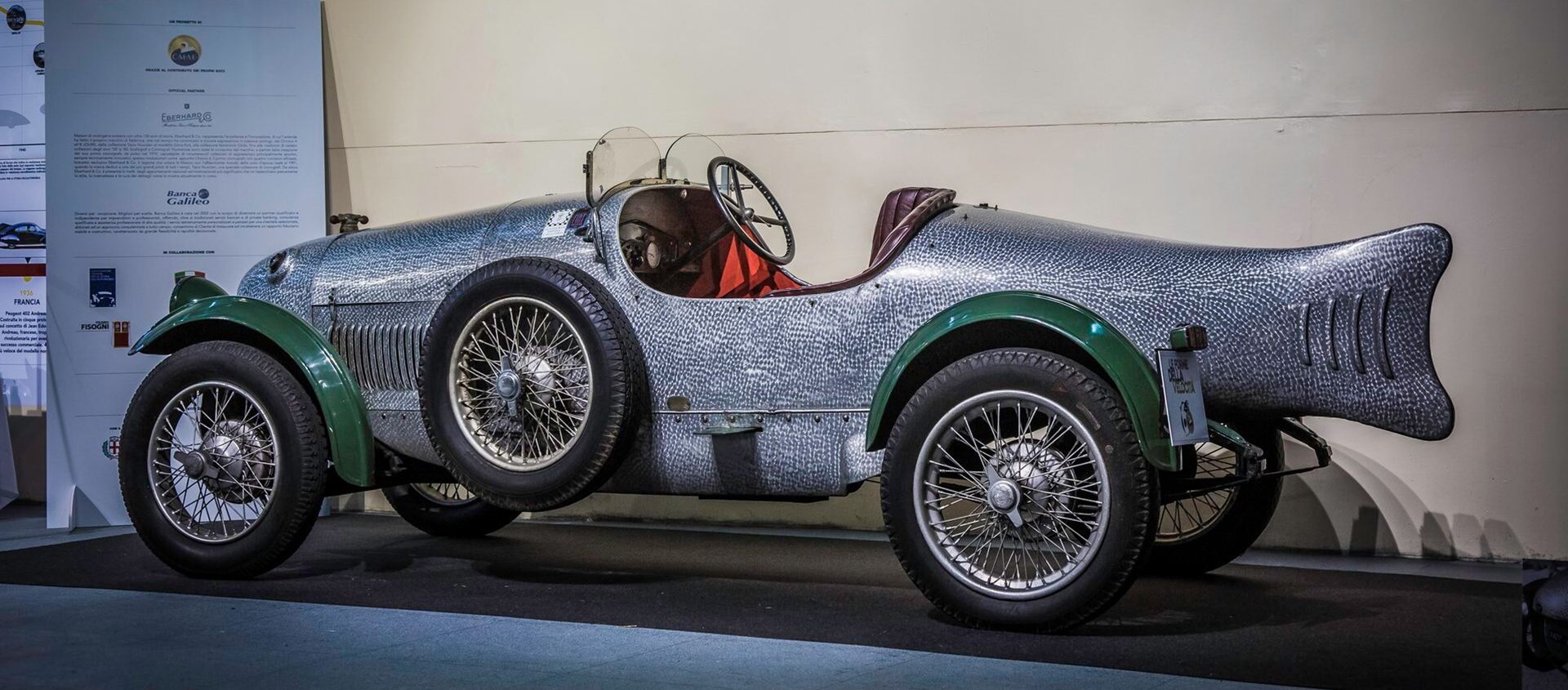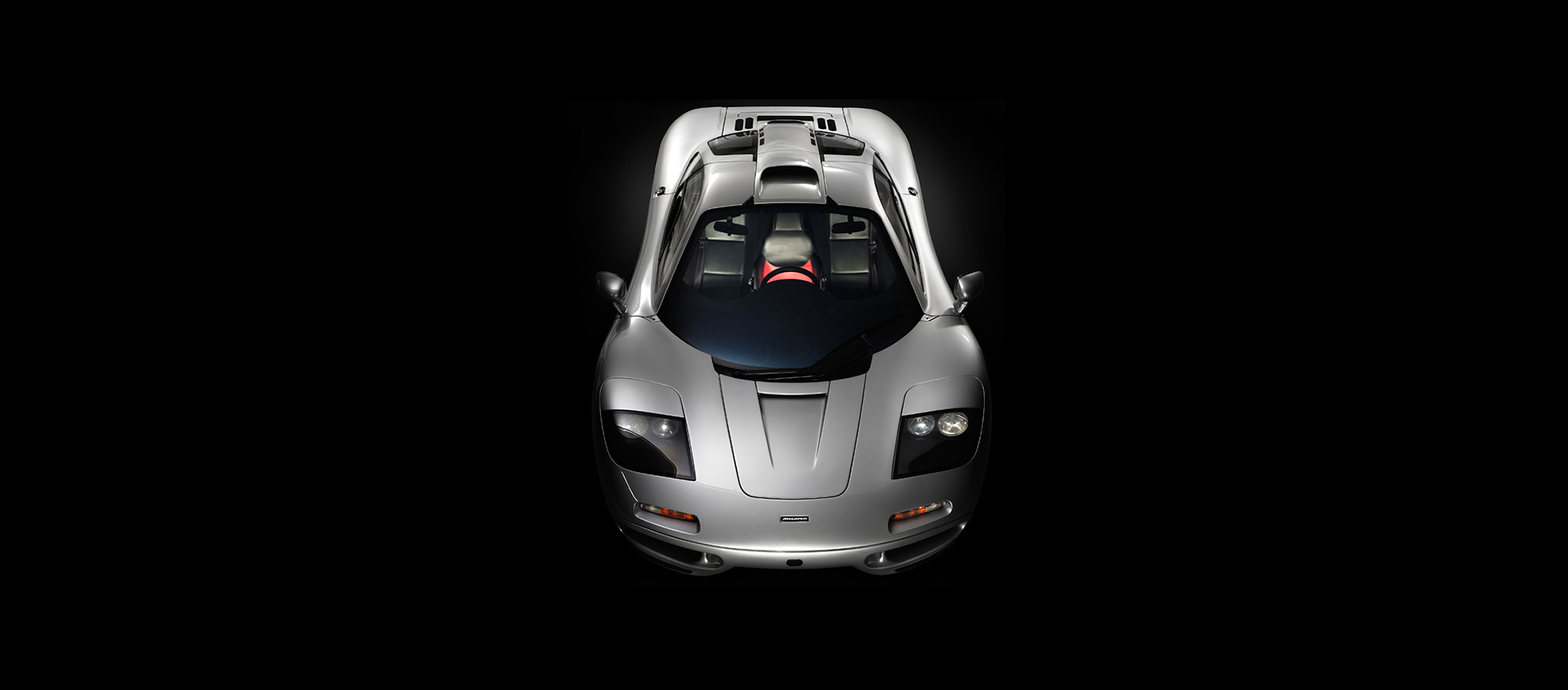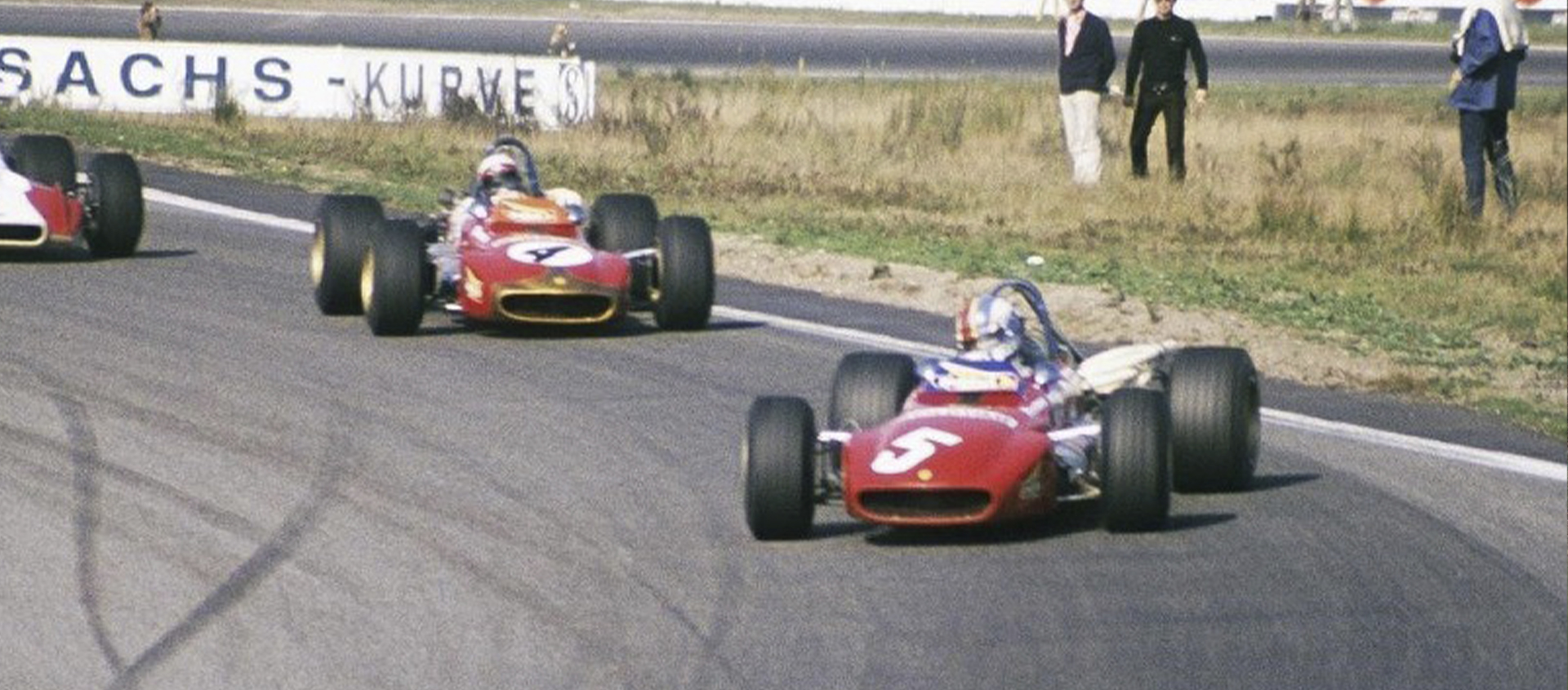Thesis, the last true Lancia
14 April 2020 2 min read 4 images

In 2002 with the Thesis, Lancia launched a valid attempt to return once again to the place it rightly deserved in the annuals of the automobile. The endeavour was inaugurated through a new flagship concept that offered a brave and very astute mix of the past and present and encompassed the celebrated legacy of the Turin brand.
Register to unlock this article
Signing up is free and gives you access to hundreds of articles and additional benefits. See what’s included in your free membership. See what's included in your free membership.
Already have an account? Log In



